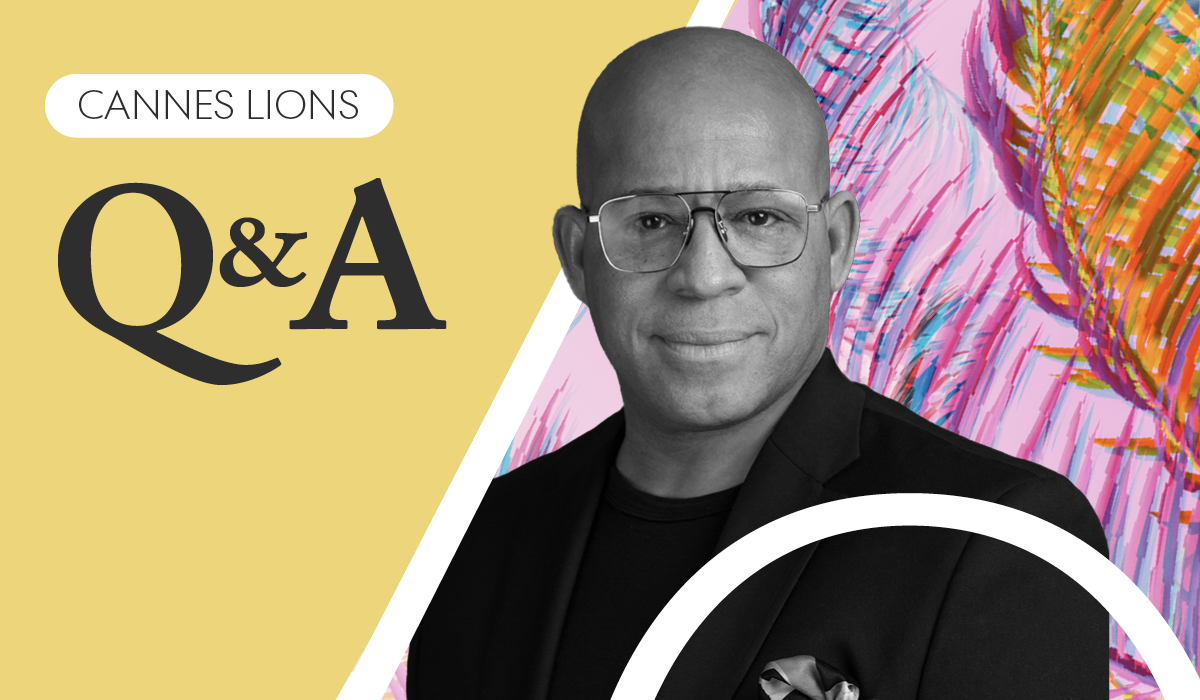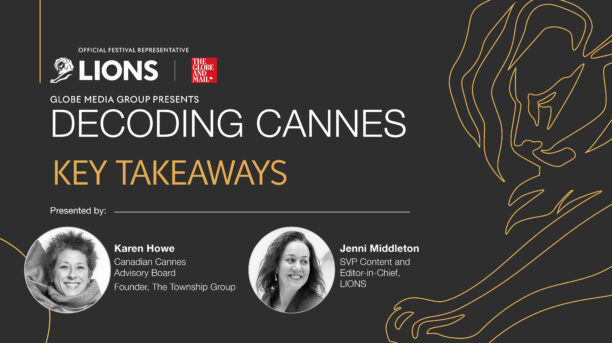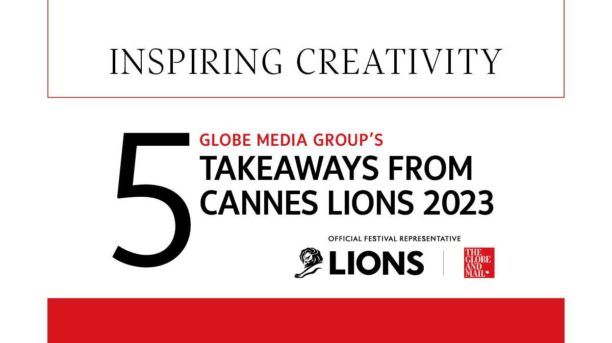With over 30 years of experience working in New York, the UK and Toronto, Scott is a leading creative strategist, brand ambassador and relationship marketer. He is currently the Executive Creative Director at Publicis Hawkeye Canada.
How do you define creativity in the context of your industry, and how has that definition evolved over time?
Creativity has always been about uncovering and curating powerful brand ideas. Our goal is to find ideas that captivate, entertain, engage, create awareness and drive business results. The idea remains at the core of true creativity in the advertising business. While the definition may not have changed, the creative process itself has evolved with innovative tools and platforms that can supercharge how we approach creativity. Creativity is a process, and innovative thinking enhances that process, just as new tools empower artists.
How do you stay ahead of the curve when it comes to identifying emerging trends and innovative ideas in your field?
The industry is transforming rapidly due to emerging technologies. Our aim is to keep up by understanding new technologies and innovations and determining if they fit our objectives. We’ve seen many new platforms come and go without gaining traction. The Metaverse, for example, had promise but fell short. Now we’re swiftly moving into the world of AI, sparking new debates. As marketers and communicators, we need to embrace AI as a tool that can bring ideas to life, regardless of whether it will bring positive or negative transformations.
Can you share a specific example of a project or campaign where unconventional thinking led to remarkable creative outcomes?
The hope is always that unconventional thinking leads to groundbreaking ideas. Unconventional thinking involves exploring unique insights that inspire new perspectives and lead to big ideas. An excellent example is the Grand Prix-winning campaign for Stella Artois called the Artois Probability. It brilliantly combined a unique insight with data, unexpected collaboration and impeccable craftsmanship. By analyzing historical art pieces throughout Europe, they created an algorithm that identified the probability of a Stella Artois presence based on variables such as the painting’s year, location, glass type and liquid colour. This idea and execution amazed the judges, showcasing creative excellence.
How do you balance the need for creativity with the practical considerations of budget, timelines, and client expectations?
We recognize the need for guardrails but avoid being overly constrained by them. The key is to focus on finding the idea that drives the campaign and fulfills business objectives. Once the idea is in place, we can determine the best approach to bring it to life, considering the budget and timeline. A big idea doesn’t have to be expensive or complicated. Starting with the budget, timelines, and client expectations can limit our ability to discover breakthrough and innovative ideas.
In your experience, what are some of the most effective strategies for fostering a culture of creativity within a team or organization?
In our fast-paced industry with reduced budgets and shorter timelines, fostering creativity requires close communication and collaboration. Creative and strategic leaders need to continuously expose their talent to inspirational sources such as information, new innovations, and case studies. Embracing new approaches, technology, collaboration platforms and data tools is essential to keep up with the speed of change. Whiteboarding platforms like Miro facilitate real-time collaboration among remote teams. Additionally, individuals must remain observant and curious to elevate their thinking and perspective. Organizations that embrace continuous creative enlightenment will lead the way.
How do you measure the success of a creative campaign or project, and what metrics do you consider most important in evaluating its impact?
Effectiveness and driving measurable results remain at the core of our business. When evaluating a creative campaign or project, it’s crucial to first ensure that there was a genuine problem to solve. The metrics of success can include brand awareness, impact, click-through rates, purchases, brand sentiment, brand affinity and more. However, these metrics are only meaningful if they address the problem at hand and effectively meet the assigned objectives. Return on investment (ROI) is no longer the sole driver of success, as there are multiple ways to measure it. What remains consistent is that your brand is top of mind and generating conversation among people.




